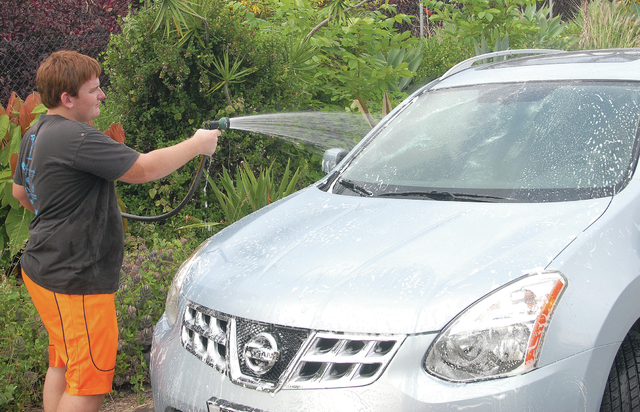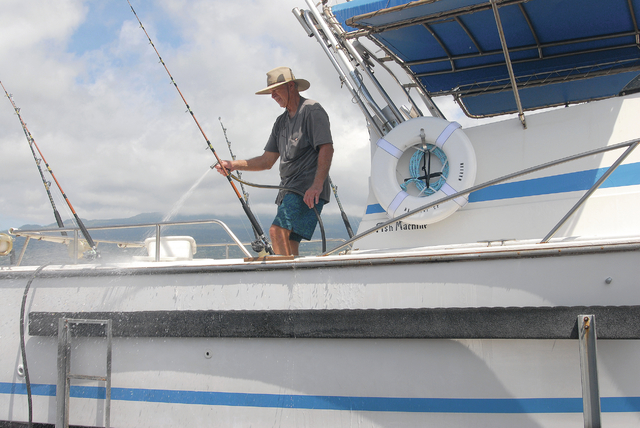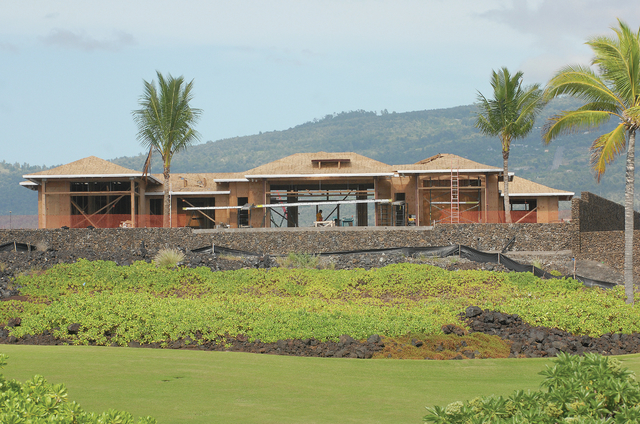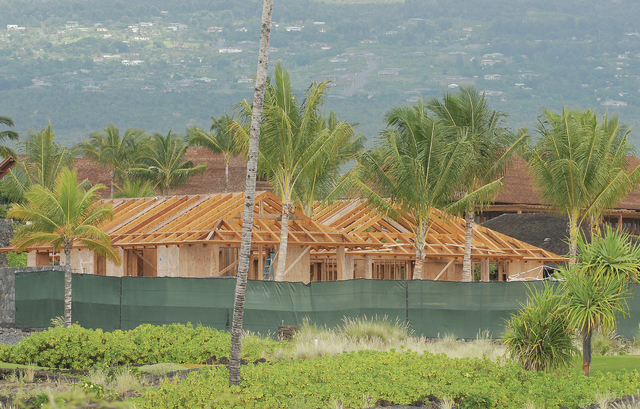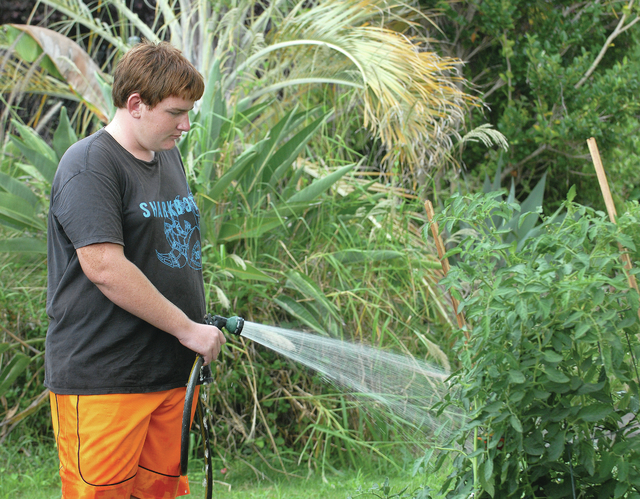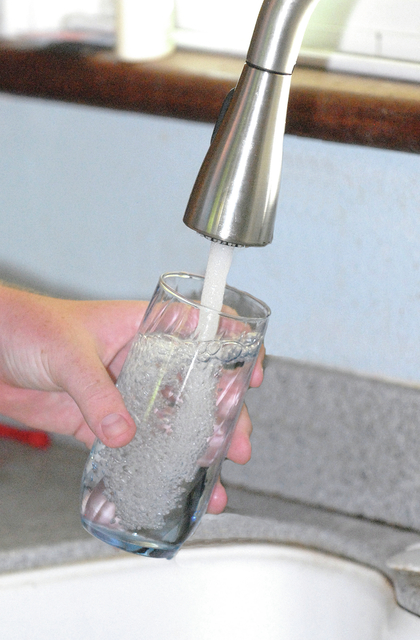New wells proposed for North Kona
KAILUA-KONA — Two new wells are being proposed in North Kona to increase water capacity at higher elevations, with the goal of reducing the use of water sources closer to sea level.
The wells, along with upgrades and improvements, are among several capital improvement projects planned for the next five years, according to a draft report released in August.
Those two wells would help the county meet the anticipated water demands of 28.07 million gallons per day as outlined in a 2015 report and reduce pressure on the Kahaluu Shaft.
The Kahaluu Shaft at 590 feet above sea level is tapped to a basal aquifer, meaning close to sea level.
According to a 2014 preliminary finding of fact for a petition to designate the Keauhou Aquifer System, the system that includes Kailua-Kona, “pumping 4 million gallons per day from the shaft has caused the chloride concentration to reach critical levels.”
“Water delivered by the (Hawaii County Department of Water Supply) is reaching its upper limit of accountability,” stated the report.
The Keauhou aquifer’s boundaries run from Kealakekua to north of the airport and from the coast to past the summit of Hualalai.
On Wednesday, the Department of Water Supply will meet at the West Hawaii Civic Center at 5:30 p.m. to gather public input on that report.
In 2006, the Department of Water Supply developed a 20-year master plan for the county’s water supply.
Since then, several projects have already been completed, according to the draft Phase II report.
That included the Keopu-Puuhonua production well and million-gallon reservoir north of Kona Memorial Park as well as transmission systems to bring water from high-elevation levels down to Kailua-Kona and Kealakehe.
The DWS anticipates a future water demand of 28.07 million gallons per day when accounting for existing developments and planned developments. The total anticipated water demands alone for planned developments is 13.21 million gallons of water per day.
The bulk of the needed water, the report states, is for developments below 500 feet in elevation.
The department, however, is focusing on “top-down” transmission, referring to the use of wells at higher elevations, particularly within the 1,500 – 1,800-foot range, and running the water down to where it’s needed.
According to a 2003 report published by the state Department of Land and Natural Resources, wells with higher water levels have lower concentrations of chloride.
The development of these “mauka-makai” lines allows DWS to send water from these higher elevations down to the greater areas and blend higher-quality “high-level” water with lower-quality water from basal sources — that’s groundwater with a water table near sea level.
The report states that the department is working to “significantly reduce the use and dependence of basal well sources.”
In addition to the proposed wells, both of which are considered “high-level” wells, DWS is also considering proposals to increase the size of some existing transmission lines and build new lines to support the new wells.
The Keauhou aquifer system is currently supported by groundwater sources that include 10 wells and the Kahaluu shaft.
However, a leader of a local environmental group said he’s more concerned about what he doesn’t see in the department’s plan.
“It’s largely focused on supply-side solutions,” said Steve Holmes, the vice chair of the Moku Loa group of The Sierra Club and who served on the Honolulu City Council for 12 years.
Supply-side measures focus on projects that improve capacity to supply water to the area and include measures like well development and transmission line improvements. They contrast with demand-side measures, which aim at curbing water use or encouraging conservation.
It’s firm commitments to demand-side measures, Holmes said, that he sees are lacking in the development plan.
Holmes said Hawaii County needs to adopt water efficiency standards and encourage its residents and businesses to reduce the amount of water they use.
For instance, he suggested, the county could encourage agriculture users to reduce the amount of water they use.
According to the Hawaii County Water Use and Development Plan Phase I, agriculture accounts for 12.7 percent of the water used within the DWS system in the Hualalai aquifer sector. That’s the sector that includes the Keauhou and Kiholo aquifer systems.
Domestic usage accounts for 55 percent of total use.
Holmes said efforts to focus on conservation and the potential for water reuse would be more beneficial than just expanding infrastructure, comparing it to issues of energy conservation.
“It’s always cheaper to do energy efficiency than it is to build a new power plant,” he said.
He also noted that the Environmental Protection Agency has a partnership program called “WaterSense,” which promotes products that support water efficiency and reduce strain on water resources, similar to “EnergyStar” products.
Other options, like writing new efficiency standards into building and plumbing codes are also possible, he said.
The Phase II report includes some demand-side measures being proposed by the county.
The report indicates that DWS is working with WaterSmart, a data platform, to “provide solutions through behavioral water efficiency and customer engagement.”
Through WaterSmart, the report stated, residents can track their usage and how it compares to other users.
Other demand-size measures include educational programs to promote conservation and efficient use.
The Department of Environmental Management, meanwhile, is working to upgrade the Kealakehe Wastewater Treatment Plant to be able to produce water for irrigation. The water wouldn’t re-enter the drinking water system.
According to the Phase II report, DEM anticipates that the plant could potentially produce a million gallons of recycled water each day.


